Have a lazy summer afternoon? Need a delicious iced tea? Let's kōridashi!
What is kōridashi (氷出し)?
Kōridashi is a slow, mindful method of making iced tea. Simply, all one needs to do is gently place ice cubes and their favorite, high-quality Japanese loose leaf tea in their brewing vessel. Some patience is required while your ice melts (but taking a nap in the sun is what summer is for, right?). This method is certainly low-effort –– but high-reward when you taste one of the most concentrated flavor experiences in tea possible.
A Mizuba fan recently documented his explorations and observations of this noble brewing method. Thank you to Shiloh Gastello for his words!
Today we are exploring two different Kōridashi
(Japanese ice-brewed tea) methods.
Tea: Mizuba Tea Company’s Organic Sencha Yabukita from Kagoshima, Japan.
Methods:
First brew: approximately 6-8 grams of leaf to 100 ml (3 oz) of water, using Brita-filtered water to make the ice cubes.
Place the sencha leaves over the ice cubes. It is important to not place ice cubes on top of the tea leaves because this allows the leaves to breathe, while also not weighing-on/compressing the leaves, which could result in quicker/uneven extraction while cold-brewing.
1. This method includes closing the lid of the infusion vessel and letting the ice cubes melt for around 1/2 hour without adding any additional water. You just need time and ambient warmth. The summer weather melted the ice cubes fairly quickly.
2. This method includes pouring hot Brita-filtered water over the ice cubes halfway to three-quarters of the way to the top. I let the tea brew for around 3 minutes. The ice cubes melted and cooled the infusing tea, resulting in a brew that embodied intriguing attributes of both hot and cold-brewed tea (sweet/earthy balance)!
Results: Both methods revealed intriguing results that were unique to each process.
1. The first method produced what can only be described as an umami bomb! It was so verdant, savory, sweet, and complex. It was equally complex in texture (thick/viscous). It was almost overpowering at first, but then it shifted into being highly floral, sweet, and mellow. There were notes of seaweed, wheatgrass, soft jasmine, honeydew melon, and intriguingly, poached egg.
2. The second method where we poured in additional hot water was extremely balanced. Each flavor note emerged slowly, evenly, and lingered beautifully. It was sweet, fruity, savory, earthy, and then shifted into a verdant umami, which persisted for more than a minute at a time. Though this one was more balanced, it did not emphasize any single note enough to impart additional complexity. Regardless, it was delicious!
Observations: Both methods have their unique merits. I would not say that one is distinctly better than the other, but rather, presented unique strengths that can be utilized based on one’s own personal preferences. Personally, the first method’s umami bomb effect is still lingering in my mind, and I enjoyed that effect immensely.


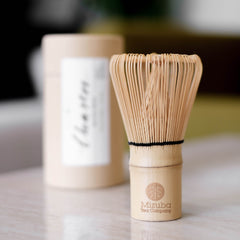
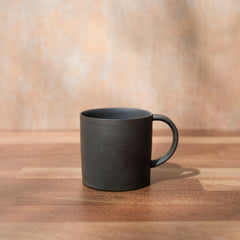
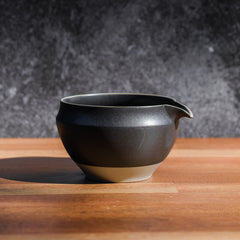
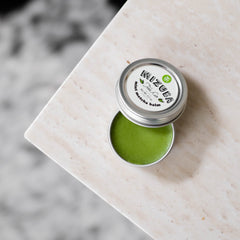
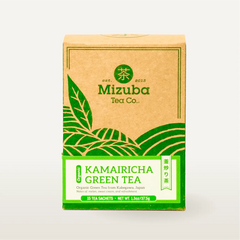



5 comments
Trying this today!! :)
Hi Sandra!
Our best recommendation would be Japanese green teas, but you could experiment with oolongs (especially buttery high-mountain Taiwanese oolongs).
We find black teas and some Chinese green teas tend to over-extract with this method and become bitter.
Would you pour off the first steep like others do for hot teas or is this method good to drink from the first steep on?
Hi Sandra!
That is an excellent question. Usually, you want to find a tea that brews sweeter with little to no astringency. The ice-brew method can intensify flavors. We have yet to experiment with teas other than Japanese teas, so you should definitely report to us your findings! We’d love to hear :)
Is it possible to try these methods with any kind of tea? Or just green tea?
Leave a comment